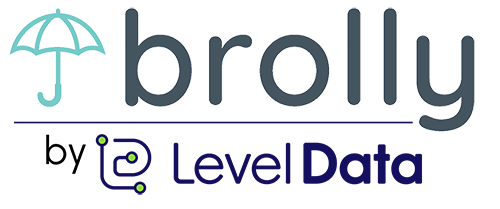Tips for Assessing District Readiness to Support All Students in the Least Restrictive Environment

Educating students with disabilities in the least restrictive environment (LRE) is an important part of IDEA law. As a district leader, you can define steps for your team to regularly evaluate student readiness for movement in the LRE. It’s important districts, classrooms and teachers are ready for student movement in the LRE.
Assessing Student Readiness
Students who are ready to reduce services or move towards greater independence in educational services display readiness in several ways. Reviewing these data points will help set a student up for success. However, they should not be a barrier to education in the least restrictive environment. A few data points to review when making decisions for movement to an LRE include:
-
-
-
-
- Meeting grade level benchmarks in academic or developmental area
- Mastering IEP goals prior to annual review date
- Demonstrating self-advocacy with classroom teachers
- Demonstrating independent mastery of classroom routines
- Demonstrating desire for additional challenges
-
-
-
The priority to educate all students in the least restrictive environment is based on individual student needs, not specific disabilities, or academic levels. A non-verbal student with limited cognitive capabilities can be educated in the general education classroom with appropriate staff supports, modified materials, and assistive technology.
On occasion, students may indicate readiness for greater independence or academic challenge by demonstrating negative behaviors. Especially in environments where students are not provided enough academic challenge, these behaviors can be exacerbated. It is important not to overlook this. It must be reiterated that all students are entitled to education in the least restrictive environment.
Assessing Classroom Readiness
Any classroom, at any time could be the least restrictive environment for a student with an IEP. For example, a general education math classroom needs to be ready for a student who has math goals in their IEP. That classroom could be the LRE for them. Establishing the mindset all classrooms need to be ready for all students is important.
As district leaders, it is important to walk your classrooms and identify barriers that would prevent all learners from accessing learning in these spaces. Here are some questions to consider:
-
-
-
-
-
- How is seating arranged?
- Are there flexible seating options to allow all students physical space in the classroom?
- Are there spaces for collaboration, individual work, and partner work?
- Are there differentiated tools for producing work (writing tools, paper, technology)?
- Are there differentiated content materials to allow access for all learners?
- Are classroom norms and procedures posted in ways that are accessible for all learners?
- Is there a co-teacher, reading specialist, or behavior therapist available for the student in that setting?
- Is any assistive technology available if needed?
-
-
-
-
Assessing Teacher Readiness
Unfortunately, at times services are provided based on which teacher is ready for them. Instead, prepare all teachers across the school to serve all students. This shift is essential in supporting student growth.
Be sure to collaborate with your supervisors of curriculum to review curriculum and instruction for barriers to student access. Here are some questions to consider:

-
-
-
-
- Is the curriculum accessible for all learners?
- Is the curriculum designed with universal design for learning principles in mind?
- Is there space in daily instruction to allow for differentiation and specially designed instruction?
- Is there collaborative planning time within the schedule for teachers and services providers?
- Do teachers have adequate training in using IEP driven accommodations, modifications, and assistive technologies?
- Do teachers possess the mindset that all children can be educated in the least restrictive environment with the appropriate support?
- Does the schedule include time for students to receive enrichment and remediation without missing out on curricular access?
-
-
-
Assessing District Readiness
Regardless of an IEP team’s desire to include more students in the least restrictive environment, the district must be a proponent for this movement too. It is important to carefully consider what resources would make this successful. Ensuring an appropriate allocation of human, technological, and material resources to support students in a LRE is key. If you don’t have insights into where students are receiving services, our service setting feature provides data on an aggregate and granular level. Additionally, districts should standardize an approach for moving students to the least restrictive environment. An example is to:
1. Establish a timeline for implementation of new services with case managers. Include adequate time for classroom observations by the new teaching team. Review current supports to ensure they are in place before student begins.
2. Provide teachers on-going professional learning in proactively moving students to the least restrictive environment. Some examples might include a workshop in best practices for students with specific disabilities, training in utilizing a specific assistive technology or meeting with a behaviorist.
3. Conduct regular support and observation in the classroom to provide non-evaluative feedback to the team supporting implementation of the IEP in the new classroom.
4. Create cycles of feedback from staff to the district and IEP around supporting students in the LRE.
Assessing readiness for movement in the LRE
These questions are starting points to evaluate possible barriers to educating students in the least restrictive environment. Although a district leader may carefully assess readiness and create a district plan for supporting learning in the least restrictive environment, there will be challenges along the way for staff and students. Acknowledge these challenges and provide the support needed to meet them. Create standards around assessing the readiness of students, teachers, classrooms and the district in educating in the least restrictive environment.

